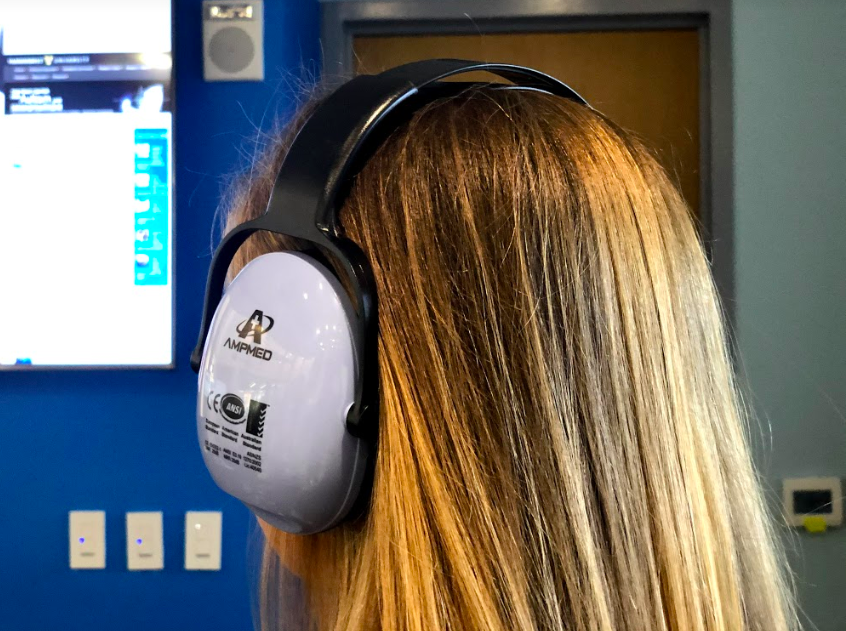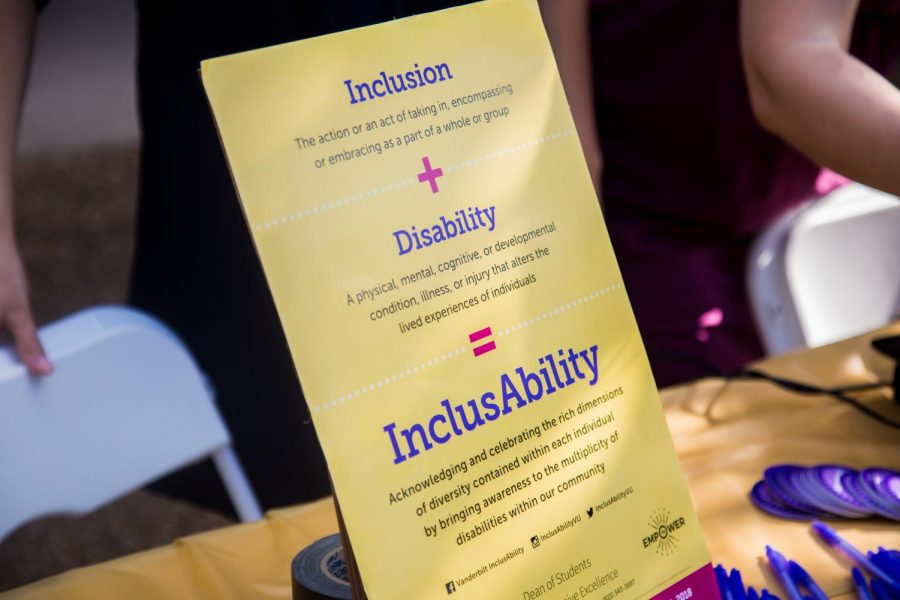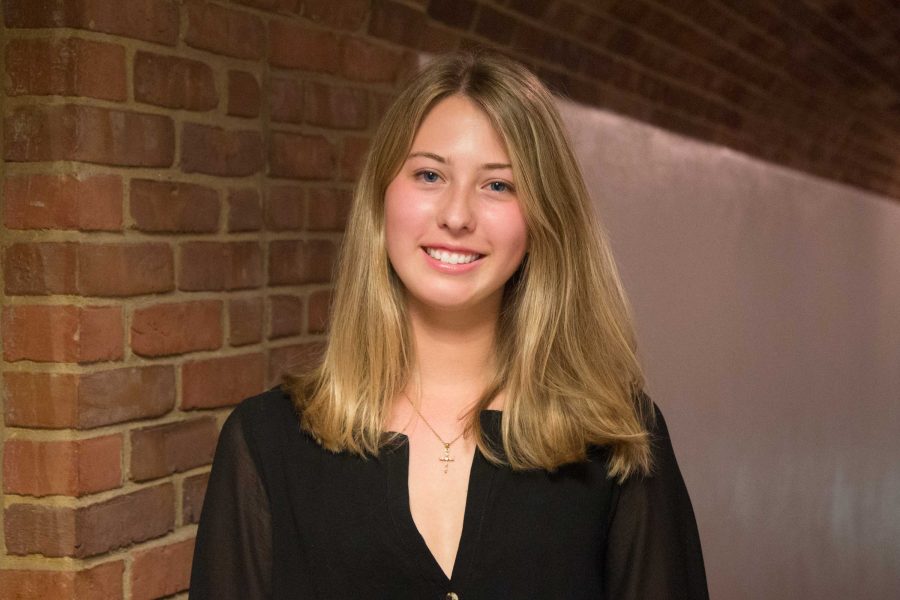Have you ever been stressed? Yes? Then you could have benefitted from a sensory space.
Have you ever felt overwhelmed, either emotionally, mentally or physically? If so, you could have benefitted from a sensory space.
Have you ever just wanted to get away from the world for just a few minutes, to recenter and refocus yourself? You could have benefitted from a sensory space. And due to the high incidence of both anxiety and neurodiversity on Vanderbilt’s campus, this community severely needs them.
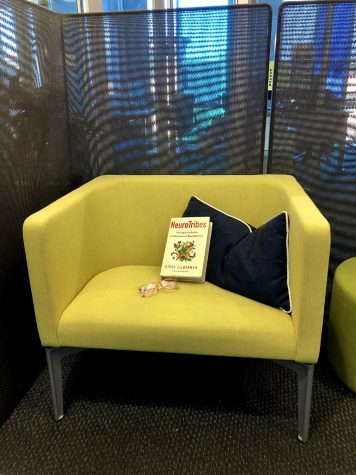
A sensory space is a room or section of a room where the sensory elements are designed to promote calmness and mindfulness. It is the antithesis of anxiousness and the opposite of overstimulation.
Typically, such a space is quiet, dimly lit and comfortably furnished. It often incorporates opportunities to enjoy vestibular relaxation (like rocking, swinging or bouncing) and is filled with fidget toys (rubix cubes, stress balls, etc.).
There’s a growing movement to establish these calming spaces in doctor’s offices, businesses and schools around the country. By providing such spaces, proponents hope to combat steadily-rising anxiety levels, as well as support individuals with mental health challenges and disabilities.
Anxiety is a well-documented problem across the nation, particularly among college students and other young adults. The Fall 2018 National College Health Assessment found that 63 percent of college students had felt “overwhelming anxiety” in the year preceding the survey. twenty-three percent of survey respondents had been treated by a mental health professional for anxiety in the past year. The American Psychiatric Association reports that adults age 18 to 34 are noticeably more anxious about both personal and professional matters than older adults are.
Additionally, somewhere between 10 and 15 percent of the population is estimated to be neurodivergent. Neurodiversity describes people with neurological differences like ADHD, dyslexia, autism/asperger’s, learning differences, OCD and Tourette Syndrome (among others). Individuals with these conditions have all historically been shown to benefit from the elements of sensory-friendly spaces.
Thus, a significant portion of the population would profit from having access to sensory spaces. In particular, creating several of these spaces on campus would benefit the Vanderbilt community immensely.
Imagine having the ability to take a quiet 30-minute breather between classes to recenter yourself. Or being able to get away from the world for just a few minutes after receiving an anxiety-inducing grade. Or, if you have ADHD or autism, being able to remove yourself from the sensory overstimulation of a college campus without having to navigate all the way back to your dorm room.
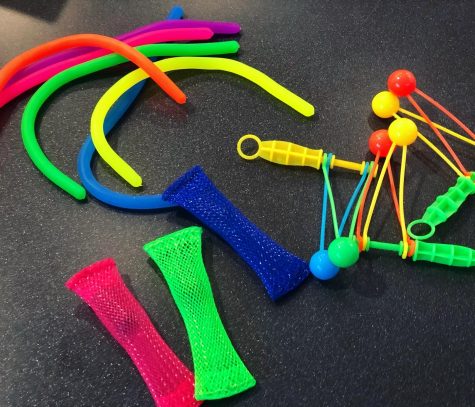
And the best part is that this initiative is relatively cheap and simple. It doesn’t require hiring any new staff. Just purchase some lamps, fidget toys and exercise balls or rocking chairs. Rearrange existing furniture to facilitate privacy. The most complicated aspect is deciding where such spaces should be placed. I would suggest putting one in the Commons Center, one in Sarratt/Rand and another in the Wond’ry. And perhaps also one at the Center for Student Wellbeing or the University Counseling Center.
Having sensory spaces on campus would put Vanderbilt at the cutting-edge of best practices in both student mental health and disability inclusion. It is with this in mind that I call on the Office for Inclusive Excellence, the Office of Student Care Coordination, Student Access Services, the University Counseling Center and the Center for Student Wellbeing to support this initiative. I work at the Frist Center for Autism and Innovation, and we want to partner with each of these offices to make sensory spaces a reality at Vanderbilt.
I believe that dedicated sensory spaces will make Vanderbilt a more supportive, healthy environment for students, faculty and staff to be a part of. If you agree, I hope you’ll join me in advocating for this positive change.
Claire Barnett is Communications Coordinator at Vanderbilt’s Frist Center for Autism and Innovation. Barnett is also the former Multimedia Director of The Vanderbilt Hustler (Fall 2017-Spring 2019).

